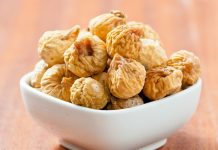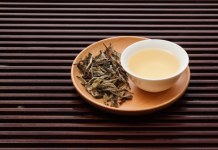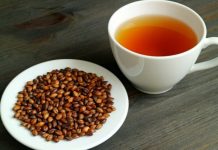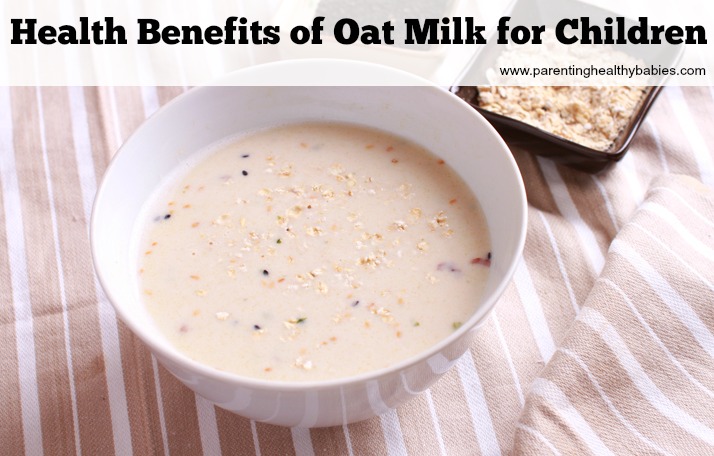This article is in continuation of the series of articles surrounding the Health Benefits of Lentils for Babies.
The health benefits of pigeon pea for babies include pigeon pea has good protein content in it, it is also a good source of vitamins and minerals, it offers cure for diarrhea and dysentery, it provides liver protection, it possesses antimicrobial properties and anthelmintic properties or kills intestinal worms.
Pigeon pea is an important source of protein for vegetarians. The seeds of pigeon pea are consumed as lentil or legumes. These seeds are high in protein and are thought to be one of the highest sources of protein in edible plants.

Pigeon pea is believed to have originated in one of the regions of Eastern India. The cultivation of this plant dates back to more than 3000 years. From here, it spread all over India and later on, it had traveled to other parts of Asia ranging from the Far East Asia to the West Asia, Mediterranean and finally reached other continents such as the Africa, Europe, the Americas and finally Australia. Pigeon pea before reaching Europe and other continents, it had become a very popular staple in Africa. The Europeans stumbled upon it in Africa and named in Congo pea, one the names of Pigeon pea.
One of the reasons for the acceptance of this crop is that it is very much resistant to drought. An annual rainfall of about 600 mm is sufficient for its survival. Perhaps, this resilience is what has been a plus point for this plant to be accepted in many parts of the world. Pigeon pea seeds compliment cereals such as rice, wheat, maize and corn very well. It forms a good portion of human diet in many African, Asian and South American countries as well.
Nutrition in pigeon pea
The National Nutrient Database from the United States Department of Agriculture has listed nutrients found in Pigeon pea as following.
| Nutrition | Value per 100 g | Nutrition | Value per 100 g |
| Water | 10.59 g | Energy | 343 |
| Protein | 21.7 g | Total Lipid | 1.49 g |
| Carbohydrates | 62.8 g | Fiber | 15 g |
| Calcium | 130 mg | Iron | 5.23 mg |
| Magnesium | 183 mg | Phosphorous | 367 mg |
| Potassium | 1392 mg | Sodium | 17 mg |
| Zinc | 2.76 mg | Thiamin | 0.643 mg |
| Riboflavin | 0.187 mg | Niacin | 2.9 mg |
| Vitamin B-6 | 0.283 mg | Folate | 456 ug |
| Vitamin A | 28 IU |
Can Pigeon pea be given to babies?
Yes, just as in previous article on Mung Gram, introducing pigeon pea for babies, is a good idea because of many reasons. One of the major reasons is that unlike high protein foods like eggs, chicken, lamb and fish, introducing lentils or legumes into your baby’s diet is because of pigeon pea has very less incidence of food allergies. Another reason being, it is relatively easy for your baby to digest legumes or lentils unlike non-vegetarian foods. The average age to introduce pigeon pea to your baby is between 10-12 months of age.
Health benefits of pigeon pea for babies
Here are some of the health benefits of introducing pigeon pea for babies
Good source of protein: Pigeon pea is one of the safest and highest sources of protein in the vegetarian foods. But, unlike eggs, chicken, lamb and fish which are highly allergic to infants and toddlers, pigeon pea is least allergic to babies. Being one of the highest sources of protein, it helps in muscle development and organ development. Most people, when think of protein only think about muscle development as in body building. But, another major area in muscle development is the internal organ development. Internal organs also need protein to grow in size and proportion.
Good supply of vitamins and minerals: Pigeon pea is good source of vitamins and minerals such as thiamin, riboflavin, niacin, vitamin B-6, folate, vitamin A along with calcium, iron, magnesium, phosphorous, potassium zinc and sodium. Each of these vitamins and minerals plays a vital in the overall development of your child. If the diet of your child comprises of legumes like pigeon pea, you can be sure that your baby’s growth is fine.
Offers liver protection: Taking pigeon pea regularly offers liver protection as well. Studies show that extracts from pigeon pea when given to test mice with damaged livers showed a substantial improvement in the condition. Apart from healing, the extracts also showed sustained liver protection when given regularly. (Pal, et al, 2011).
Can treat diarrhea and dysentery: The young leaves of this plant are traditionally believed to be useful in treating diarrhea and dysentery. The leaves are taken and made into a paste and consumed. Alternatively, the juice of young leaves can be given for treating diarrhea and dysentery. Another way is to give the water used in boiling pigeon pea seeds. This water is also very nutritious and it can be given to babies, toddlers and sick persons who cannot digest food. (Pal, et al, 2011).
Antimicrobial properties: Studies have also revealed that pigeon pea extracts contained antimicrobial properties. Various bacterial strains were killed by the extracts of pigeon pea. Some of the bacterial species are known to cause diseases in humans. (Pal, et al, 2011).
Anthelmintic activities: Apart from possessing antimicrobial properties, pigeon pea also possesses anthelmintic or kills intestinal worms. Intestinal worms are a concern in babies and toddlers because they play around and unknowingly put their hands in the mouth resulting in transfer of eggs of worms. Once inside the body, they hook on to intestines and feed off on the nutrients. Giving pigeon pea regularly will kill any such worms through the digestive tract. (Pal, et al, 2011).
Measures to be taken while giving pigeon pea to babies
Here are some of the measures that can be taken while giving pigeon pea to your baby.
How to select pigeon pea: Nowadays, pigeon pea is available in many food stores. Just look for those which are yellow in colour. If you are planning to eat them yourself, then ask for green pigeon pea. Green pigeon pea has dietary fiber on the surface which is good for cutting bad cholesterol and is good for diabetes as well.
How to cook pigeon pea: The cooking process of pigeon pea is very similar to mung bean discussed earlier. First it must be rinsed and then boiled either in electric cooker or pressure cooker with double the quantity of water to the quantity of the lentil. The boiling process takes about 15-20 minutes in a pressure cooker and takes a longer time in an electric cooker.
How to prepare pigeon pea: In the lines of mung bean, take the boiled pigeon pea and mix it with water to give a paste like consistency. This would make it very easy for your baby to eat and digest.
Which cereal goes best with pigeon pea: Pigeon pea goes best with rice. The next alternative is wheat. If boiled rice is on your mind, then take about a small cup of rice and add 1/4th to 1/3rd of pigeon pea paste along with half a teaspoon of clarified butter. Make sure that the rice has also been pureed. This makes it an easy meal for your baby to eat and digest. You could also add 1-2 leaves of spinach to the lentil while boiling itself.












